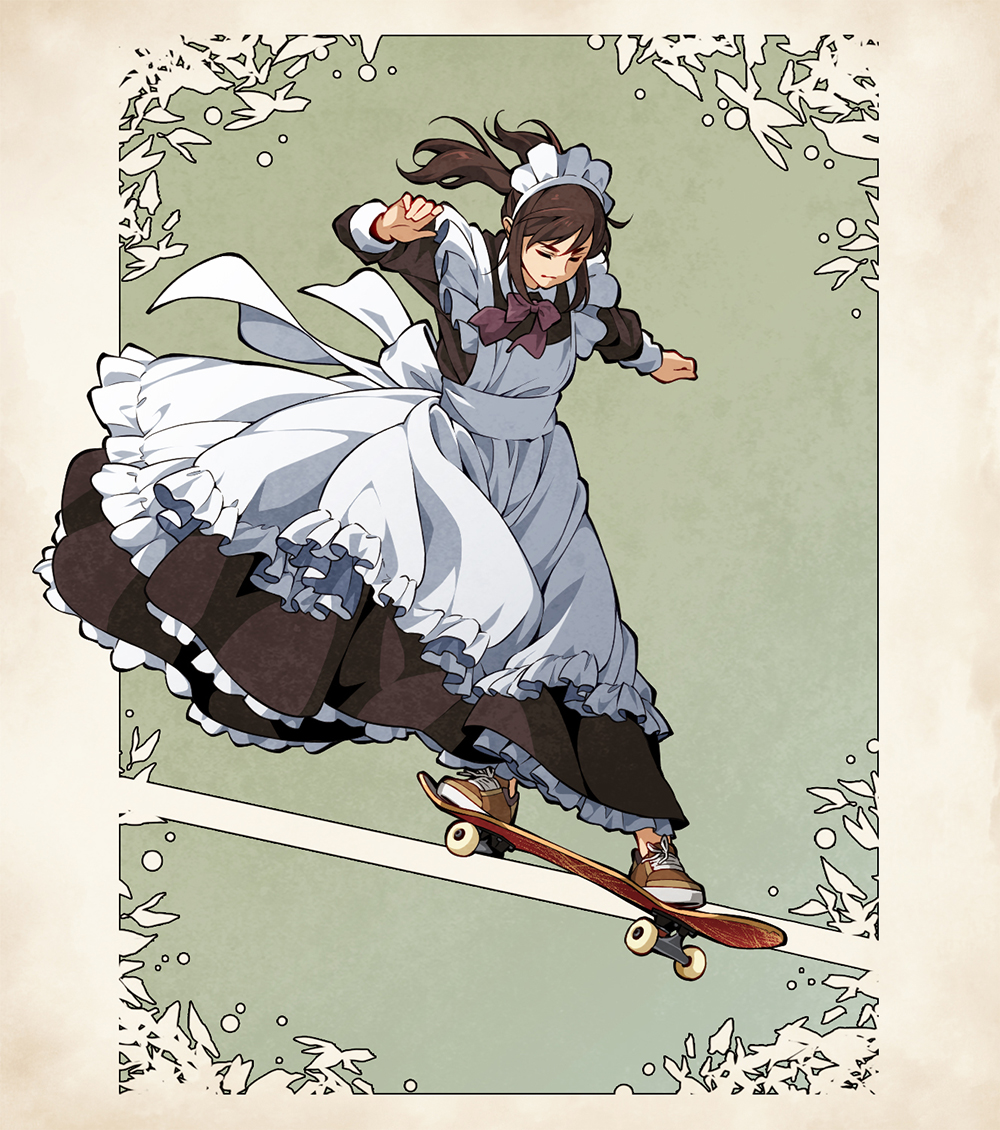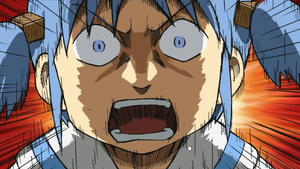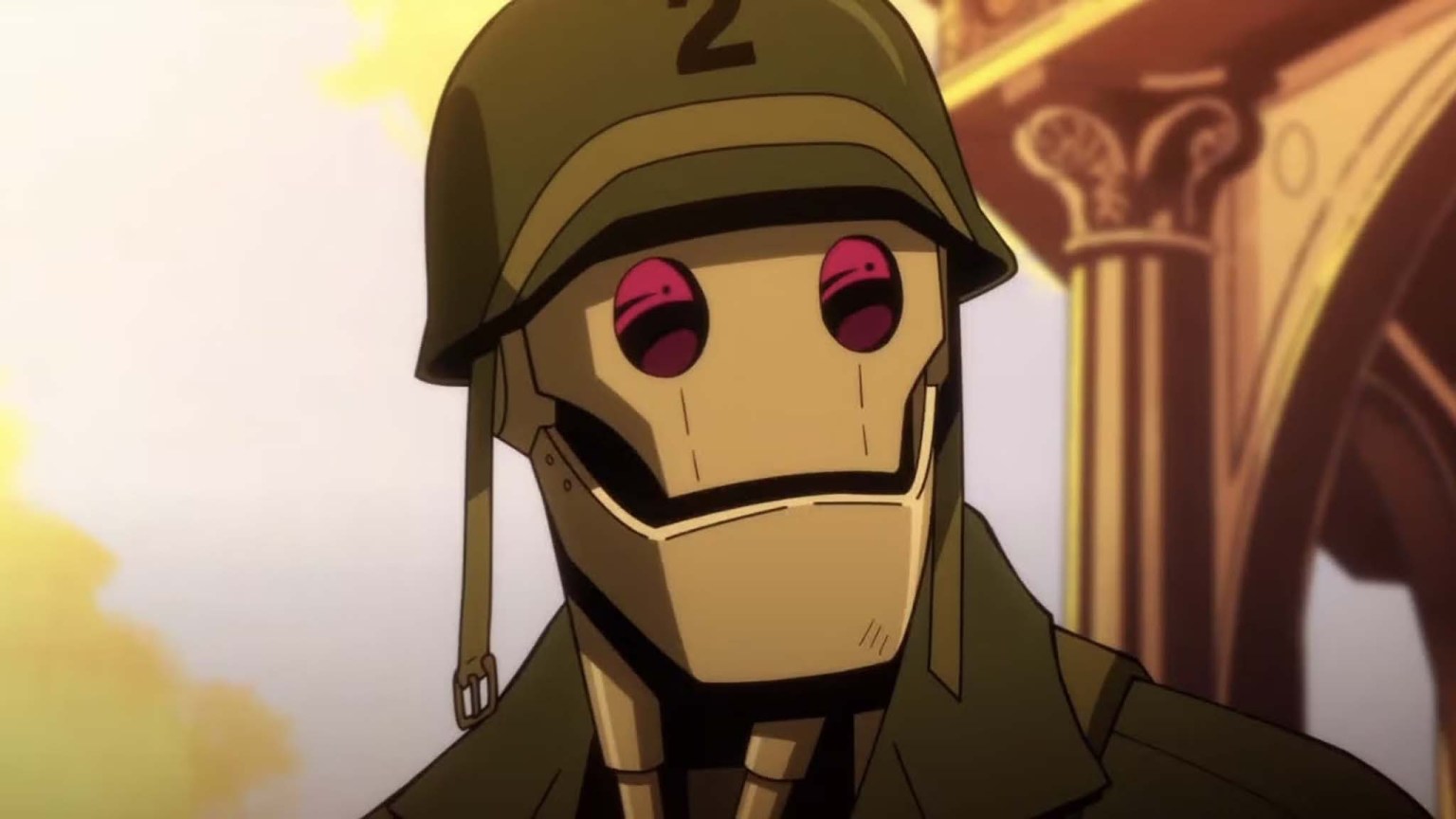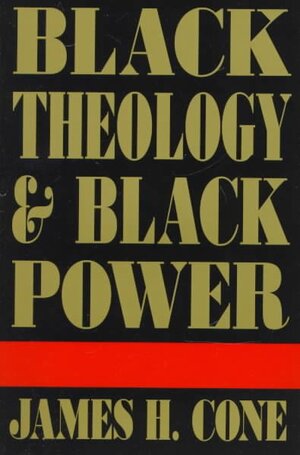The Mycenaean Civilization flourished in the Late Bronze Age (c. 1700-1100 BCE), peaking from the 15th to the 13th century BCE. The Mycenaeans extended their influence throughout the Peloponnese in Greece and across the Aegean from Crete to the Cycladic islands. They are named after their chief city of Mycenae in the Argolid of the northeast Peloponnese.
The Mycenaeans were influenced by the earlier Minoan civilization (2000-1450 BCE) which had spread from its origins at Knossos, Crete to include the wider Aegean. Architecture, art and religious practices were assimilated and adapted to better express the perhaps more militaristic and austere Mycenaean culture. The Mycenaeans came to dominate most of mainland Greece and several islands, extending trade relations to other Bronze Age cultures in such places as Cyprus, the Levant, and Egypt. The culture made a lasting impression on later Greeks in the Archaic and Classical periods, most tangibly in their myths of Bronze Age heroes like Achilles and Odysseus and their exploits in the Trojan War.
Major Mycenaean Centres
The Mycenaeans were indigenous Greeks who were likely stimulated by their contact with Minoan Crete and other Mediterranean cultures to develop a more sophisticated sociopolitical culture of their own. Major Mycenaean centres included Mycenae (traditional home of Agamemnon), Tiryns (perhaps the oldest centre), Pylos (traditional home of Nestor), Thebes, Midea, Gla, Orchomenos, Argos, Sparta, Nichoria, and probably Athens. In time, the Mycenaeans would even establish themselves on Crete and especially at Knossos, thus superseding the Minoans as the dominant culture in the southern Aegean by the second half of the 15th century BCE.
The largest city (although not a capital city in any sense) was Mycenae, built on an impressive citadel and hill over 278 metres (912 ft.) above sea level where there are remains of large 'palace' buildings and hundreds of tombs and shaft graves, including nine large stone tholos tombs (1600-1300 BCE).
Beyond trading relations, the exact political relationship between the over 100 Mycenaean centres spread across Greece is not clear. Despite this lack of clarity, there were many shared cultural features across sites which makes the term Mycenaean culture a useful one. Such shared features include architecture, frescoes, pottery, jewellery, weaponry, and of course, the Greek language and writing in the form of Linear B
The Megaron
A large palace complex has been found at many of the Mycenaean centres. These complexes, whilst displaying some site-unique developments, display several important architectural features in common. The complexes were built around a large rectangular central hall or Megaron. The Mycenaean Megaron was the precursor for the later Archaic and Classical temples of the Greek world and consisted of an entrance porch, a vestibule, and the hall itself.
Mycenaean Trade
That the Mycenaean civilization had trading contact with other Aegean cultures is evidenced by the presence of foreign goods in Mycenaean settlements such as gold, ivory, copper and glass and by the discovery of Mycenaean goods such as pottery in places as far afield as Egypt, Mesopotamia, the Levant, Anatolia, Sicily, and Cyprus.
Mycenaean Art
In art, as expressed in fresco, pottery, and jewellery, the Minoan love of natural forms and flowing design was likewise adopted by the Mycenaean artisans but with a tendency to more schematic and less life-like representation. This new style would become the dominant one throughout the Mediterranean. Geometric designs were popular, as were decorative motifs such as spirals and rosettes.
Mycenaean Religion
Little is known for certain regarding Mycenaean religious practices beyond the importance given to animal sacrifice, communal feasting, the pouring of libations and offerings of foodstuffs. The presence of double axe carvings and horns of consecration in art and architecture suggest strong links with the Minoan religion, although these symbols may have been adopted because of their political resonance.
Collapse & Legacy
The reasons for the demise of the Mycenaean civilization, which occurred in stages from c. 1230 BCE to c. 1100 BCE, are much debated. We do know that several sites were destroyed between 1250 and 1200 BCE, ushering in the so-called Post-Palatial period when the centralised system of palace control declined. There is evidence of a different degree of destruction across sites, and some places escaped the chaos altogether. Some sites were then reinhabited but sometimes seemingly on a smaller scale and with less wealth than previously, while other sites actually became larger and more prosperous than ever. By around 1100 BCE, however, most Mycenaean sites had been reduced to mere villages.
Suggestions from scholars to explain the general collapse of the Mycenaean culture (and other contemporary ones in the Mediterranean) include natural disaster (earthquakes, volcanic explosions, and tsunami), overpopulation, internal social and political unrest, invasion from foreign tribes such as the Sea Peoples, regional climate change or a combination of some or all of these factors. With the mysterious end of the Mycenaean civilization and the so-called Bronze Age Collapse in the ancient Aegean and wider Mediterranean, there came the 'Dark Ages' (another extreme label for a period which was perhaps not as dark as all that) and, although some sites began to revive from the 10th century BCE, it would take several more centuries before Greek culture would finally regain the heights of the Late Bronze Age.
The Mycenaean civilization would so inspire the later Archaic and Classical Greeks from the 8th century BCE onwards that the Bronze Age period came to be seen as a golden one when people respected the gods, warriors were braver and life was generally less complicated and more decent. Legendary names like Agamemnon, Menelaus, Achilles and Odysseus - all Mycenaean Greeks - would be given immortal life in sculpture, on painted pottery and epic literature such as Homer's Iliad which told the story of the great Trojan War, very possibly a myth based on a real conflict or series of conflicts between the Mycenaeans and Hittites.
Megathreads and spaces to hang out:
- ❤️ Come listen to music and Watch movies with your fellow Hexbears nerd, in Cy.tube
- 💖 Come talk in the New Monthly queer thread
- 💛 Read about a current topic in the news
- ⭐️ October Movie Nominations ⭐️
reminders:
- 💚 You nerds can join specific comms to see posts about all sorts of topics
- 💙 Hexbear’s algorithm prioritizes struggle sessions over upbears
- 💜 Sorting by new you nerd
- 🌈 If you ever want to make your own megathread, you can go here nerd
- 🐶 Join the unofficial Hexbear-adjacent Mastodon instance toots.matapacos.dog
Links To Resources (Aid and Theory):
Aid:
- 💙Comprehensive list of resources for those in need of an abortion -- reddit link
- 💙Resources for Palestine
Theory:
New Megathread Nerds!!! :posting:
-
🐶 Join the unofficial Hexbear-adjacent Mastodon instance toots.matapacos.dog
-
🌈 If you ever want to make your own megathread, you can go here nerd
@aaaaaaadjsf @Abraxiel @Abstraction @Acute_Engles @American_Communist22 @AnarchaPrincess @Antilope @Alaskaball @Aliveelectricwire @artificialset @bbnh69420 @BigLadKarlLiebknecht @bubbalu @buh @CatEars420 @cawsby @CDommunist @Cheesewizzard @Cherufe @ClimateChangeAnxiety @clover @comi @Commander_Data @ComradeCmdrPiggy @ComradeEchidna @context @congressbaseballfan @corgiwithalaptop @crime @Cromalin @CyborgMarx @Dawn_Beveridge @Dirt_Owl @Dolores @Donut @drinkinglakewater @Dryad @ElChapoDeChapo @ElGosso @el_principito @EmmaGoldman @FidelCashflow @Flinch @flowernet @forcequit @Frogmanfromlake @Gabbo @GalaxyBrain @ghosts @Goadstool @GomerPyle @GorbinOutOverHere @GoroAkechi @Grownbravy @GVAGUY3 @HarryLime @hexaflexagonbear @HoChiMaxh @Hohsia @Ho_Chi_Chungus @Ideology @InevitableSwing @iwillavengeyoufather @I_HATE_JOHN_CALVIN @jabrd @JamesConeZone @Kanna @Kaputnik @Koa_lala @kristina @LesbianLiberty @marxisthayaca
@MaxOS @MelaniaTrump @Mindfury @mkultrawide @Nakoichi @PaulSmackage @plinky @PM_ME_YOUR_FOUCAULTS @PorkrollPosadist @President_Obama @PurrLure @Ram_The_Manparts @Redcuban1959 @RNAi
@Rojo27 @RoseColoredVoid @solaranus @SorosFootSoldier @Sickos @silent_water @Sphere @Spike @spring_rabbit @ssjmarx @take_five_seconds @TankieTanuki @Teekeeus @Tervell
@TheSpectreOfGay @ThisMachinePostsHog @ultraviolet @UlyssesT @Venustum @viva_la_juche @WhatDoYouMeanPodcast @Wheaties @WhyEssEff @WIIHAPPYFEW @wtypstanaccount04 @wombat @Yanqui_UXO @Zoift @Zuzak@thelastaxolotl @WhoaSlowDownMaurice @Quimby @Lydia
@CARCOSA @liberal @ella @all_that_is_solid @KenBonesWildRide @KiraNerys @TomboyShulk @DuckNuckem @SapGreen @Zangief @scumlord @COMMENT @Antisocial_Socialist @DOPESMOKERDENG
Remember nerds, no current struggle session discussion here on the general megathread, i will ban you from the comm and remove your comment, have a good day/night :meow-coffee:
-
Imagine there are people on this website that have had sex before. What the fuck
Young people would rather do the tiktoks on their phone than have the sex.
Made a thread last week about downloading tiktok.
Ive since deleted it twice. Its already been two days now, i think ill stay off.
But holy fuck is that thing addicitng. I think i saw a comment on here by someone saying its social media perfected. It really is, in the sense of keeping you hooked.
I know the tiktok hearings werent about this nor done im good faith, but goddamn social media really fucks with the brains of people.
I have to limit myself to 15 minutes of TikTok a day or I'd do nothing but TikTok. Their algorithm just figured it out. What's interesting is that it's so good it doesn't need to rely on rage baiting or anything like that. Tune it right and TikTok will serve you nothing but wholesome, nice, enjoyable "content" forever. The key part is "forever," you'll never leave.
The best thing to happen to my productivity lately is that they made it so videos cna be longer. That trips my ahdh and I can switch away easier
I am very glad I'm not a kid today. The addiction is quite powerful
Yeah it is. In the initial round of talks about banning TikTok I figured I'd download it to see what the fuss was about. Once the algorithm figured me out there was like 2 or 3 straight days of work where I was just in a haze and watching TikTok was legitimately all I did. My brain legit felt like I had finished with a bender
Did you end up being able to moderate your usage or just delete the app?
I ended up better able to manage it but deleted it anyway because of how much petty bullshit infighting I was witnessing at the time
had 2 internship interviews this morning and i think i crushed both of them :D sipping beer and crushing wings now, happy friday yall
As of this morning I am officially 100 pounds down and not in the obese range of BMI.
If I can do it, so can you comrades.
This drama between Hasan and Cenk is kinda sad actually, breaks my heart to see family relations damaged by social democrat infighting
despite all his... flaws, I'm glad Mr. Beast is defending his trans friend against online reactionaries. Pretty :wholesome:
There's a lot of transphobia rn so its mostly imo an emotional/fear response. When there's potential anti-trans mobs on the horizon, it's nice to have someone in the public eye supporting you. That being said, I think most people believe that all dangerous fash are :frothingfash: nazis who can't reign in their hatred for all minorities even for a second. There is a lack of analysis of the more dangerous, more subtle and more conniving other fascism which is more attractive to the average political position in the population of the USA, considering that parallel fascist lines in the United States have been a thing since ~WW2. Note: this is not me trying to attack or insinuate anything about those commenting above, this is mostly my own thinking based on interacting with my friends/community when talking about similar stuff.
Croc Megathread for April 15,2023
A croc is a foam clog initially popular for gardeners and nurses…
The trueanon on Shen Yun is already such a banger, definitely worth a listen
Looking at all the :frothingfash: going after Mr Beasts friend for being trans is unnerving.
The USA is literally the 4th reich complete with it's very own anti-trans legislation which locks trans people up.
"I know Nazis. From the extensive time I have spent with Harlan Crow, I can assure you he is not one..."
Himmler got an op-ed in The Atlantic.
I'm waiting for one of his turdy defenders to share a little too much...
Interviewer: "You have been a staunch defender of Harlan Crow. Critics say you have done so because he funds your publication."
Turd: "It's true that he is a supporter of my publication. But I would support him anyway - of course. The discourse and free association is invaluable in a democracy. And I want people to know I've never seen nor heard Mr. Crow do anything racist or hateful. That includes the times I've seen him thoughtfully do Nazi cosplay as a member of the Waffen-SS—"
Interviewer: "I must interrupt. Harlan Crow does Waffen-SS cosplay and you were there to witness it???"
Turd: "Oy vey..."
For any of our regular Hextube viewers: I'm gonna be absent from Hextube this weekend, as I am visiting family. I will return next week, though; The Discreet Charm of the Bourgeoisie (1972) is coming your way!
























